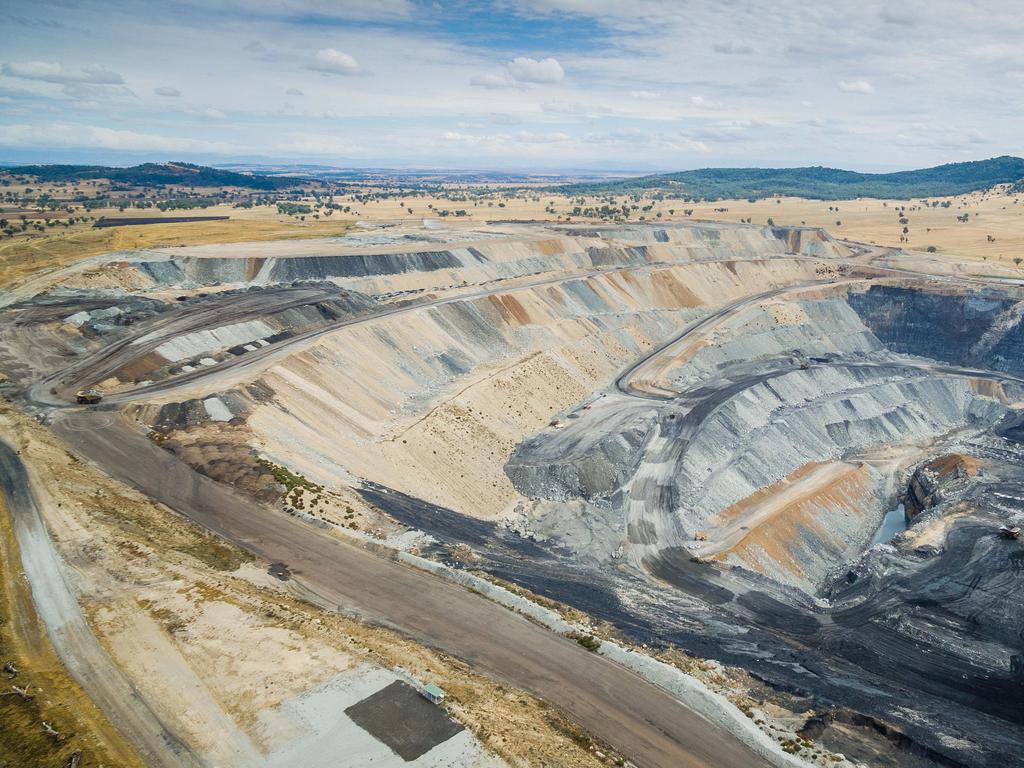
Despite tensions in the political relationship, the demand for Australian wine in the country remains strong. Australian wine makes up some 37 per cent of all wine imports in China, a business worth about $1.1bn a year.
So far, at least, it has defied predictions that political tensions will corrode the business relationship.
The main factor affecting demand from China appears to be the state of its economy, which was hit hard by the coronavirus in the first few months but is now recovering more strongly than many other major economies.
Australia’s share of the imported wine market in China is well ahead of the 27 per cent share held by French wines, 13 per cent supplied by Chile and 6 per cent from Italy, according to the latest figures from Wine Australia.
Wine Australia reports that while exports from Australia were up by a marginal 0.7 per cent by value in the financial year to the end of June, the higher sales came at a time when exports from France were down by a sharp 36 per cent, those from Chile were down by 26 per cent and exports from Italy fell by 12 per cent.
The latest Wine Australia figures show China continues to be by far the biggest single export destination for Australian wine, with the sales of $1bn-plus more than double the $430m in exports to the next largest market — the US — three times the $383m sales to the UK and more than five times the $186m to Canada.
A recent trading update from TWE, issued in early July, reported that its sales to China were down by more than 50 per cent in February and March, compared with the same period the year before, as a result of the weaker economy and the COVID-19 shutdown of activity.
But they were up by 1 per cent in April and May compared to the same months in 2019.
TWE does not break out its sales to China — a market where its Penfolds brand is particularly highly regarded — but includes them as part of its Asia division, which is by far its most profitable.
TWE’s half-yearly earnings figures for the six months to the end of December show its Asian division generated $175m in earnings before interest and tax (up by almost 19 per cent) on revenues of $407.5m (up by 7 per cent).
The earnings from Asia far outstripped those from other regions, the next largest being $98.3m from its Americas region, $85.9m for the Australia and New Zealand operations and $32m from Europe, the Middle East and Africa.
The earnings from the Americas division came on total sales of $612.4m — some 50 per cent higher than sales into Asia.
Thursday’s results will be the first to be released by TWE’s new chief executive Tim Ford, who took over from Michael Clarke on July 1, stepping up from the role of chief operating officer.
Clarke was bullish on the China market, but it was not without its issues for TWE.
In May 2018, there were disruptions in deliveries to its new warehouse in Shanghai, which some believed could have been linked to Chinese anger over the comments by then prime minister Malcolm Turnbull, who quoted Chairman Mao when he was making a pitch about the importance of new foreign interference legislation. There were also tensions over the departure of its former China head Peter Dixon, who left to join rival Accolade Wines early last year.
TWE was also on the end of criticism last year from some in the China market that it was pushing distributors who wanted to get access to supplies of its popular Penfolds range to have to agree to take some of its cheaper wines, including Rawson’s Retreat.
Thursday’s results will provide some more details of the changing nature of the market in China for Australian wine.
Recent years have seen a distinct shift towards higher-value wine selling into the China market, which is now much more competitive at the cheaper end.
The total volume of Australian wine sold to China in the financial year to June, according to Wine Australia, was down by 17 per cent by volume to 121 million litres — but its average value increased by 22 per cent to $9.07 per litre free on board.
The other trend in the China market, which has been accelerated by the COVID-19-driven venue restrictions, has been the increase in wine sold online.
In its July trading update, TWE said its sales in China had been “performing strongly in e-commerce, with consumers increasingly shifting their buying behaviour to this channel”.
But it warned that it remained cautious about the short- to medium-term outlook, with large gatherings and social occasions — which are key drivers of the consumption of luxury wine — still below pre-COVID-19 levels.
Much has been made of comments by China’s ambassador to Australia, Cheng Jingye, a few weeks ago. He was angered by Australia’s call for an inquiry into the origins of the COVID-19 virus, in a way which China said was pointing the finger directly at it.
The perceived wisdom has become that the ambassador was threatening to retaliate against Australia’s move by cutting back its purchases of goods from Australia, including wine.
In reality, a transcript of the interview shows that the ambassador did not come out all guns blazing threatening to boycott Australia’s exports, but made his comments when pressed to suggest what sort of response there could be if Chinese consumers were unhappy with Australia.
After Clarke’s bullishness on China, the market will be looking to see whether Ford holds the same view, and what other insights he has into the market which again provides a source of demand for Australian products at a time when other economies are weak.








The release of Treasury Wine Estates’ annual results on Thursday will provide another valuable insight into the strength of Australia’s trade with China.